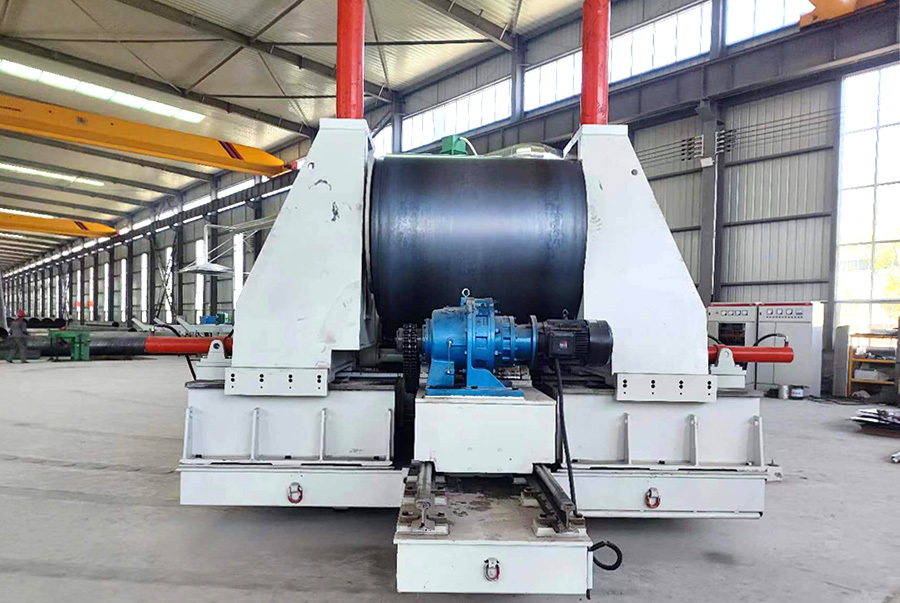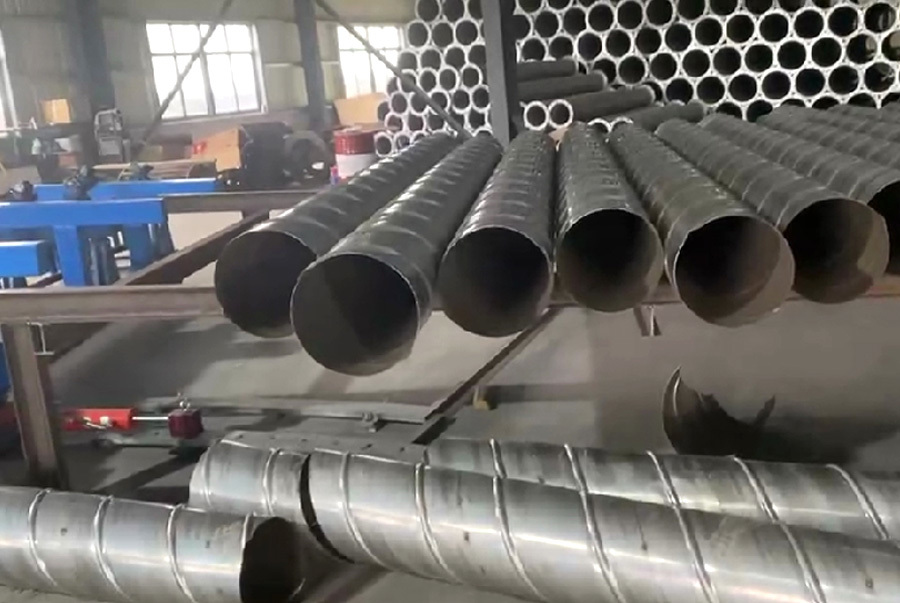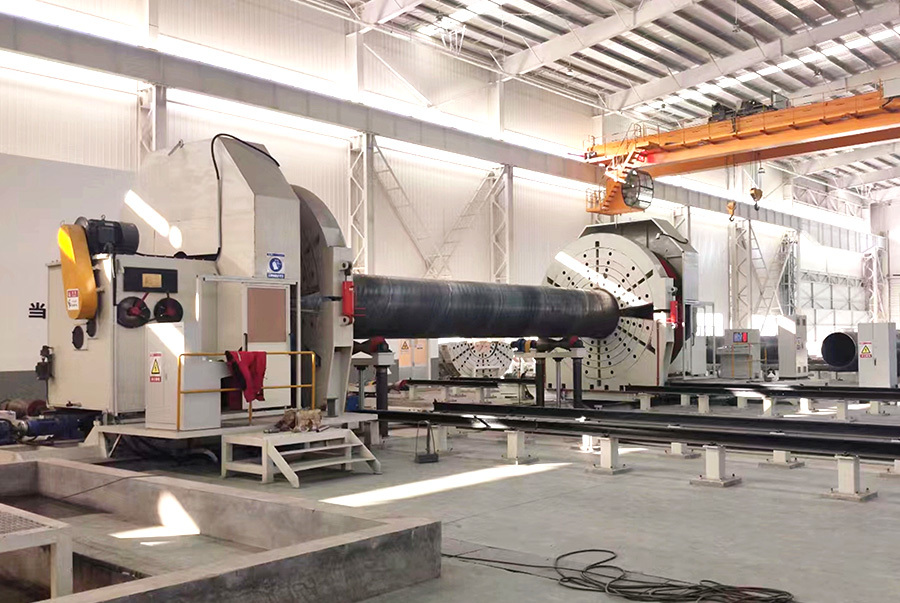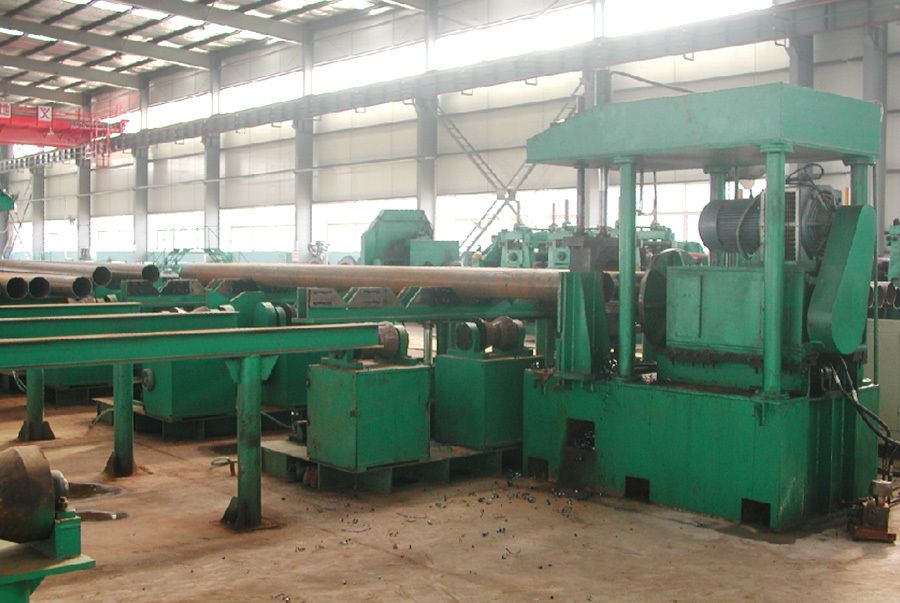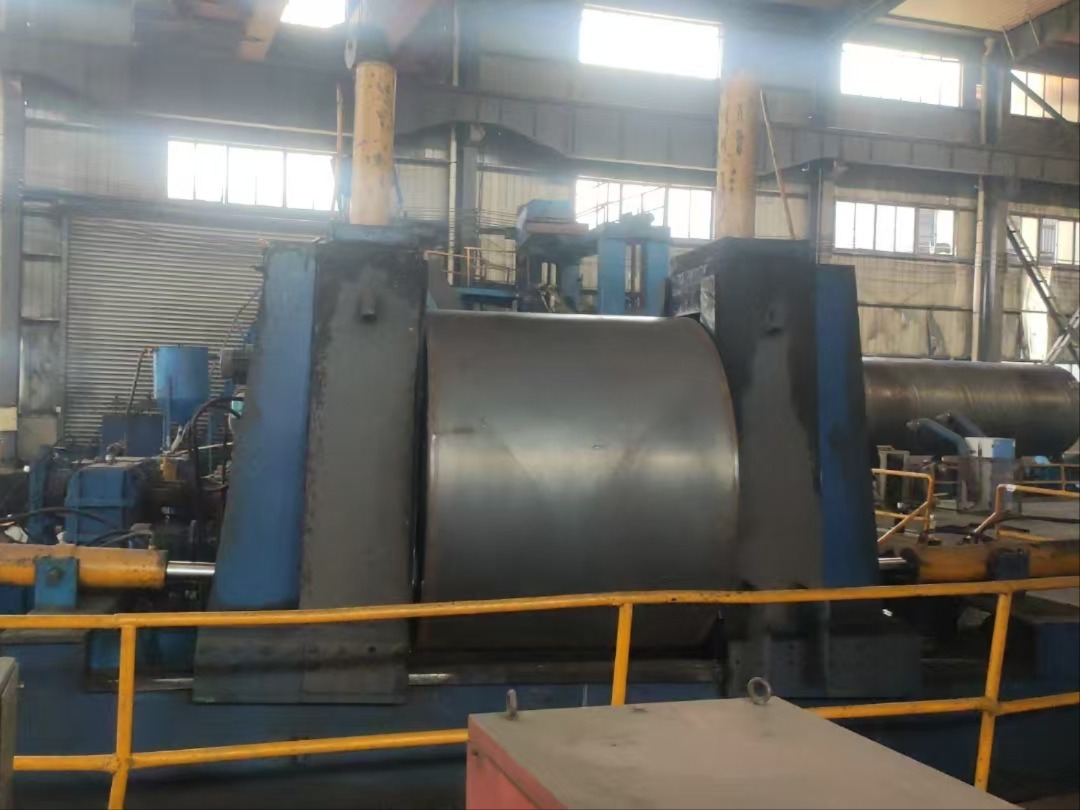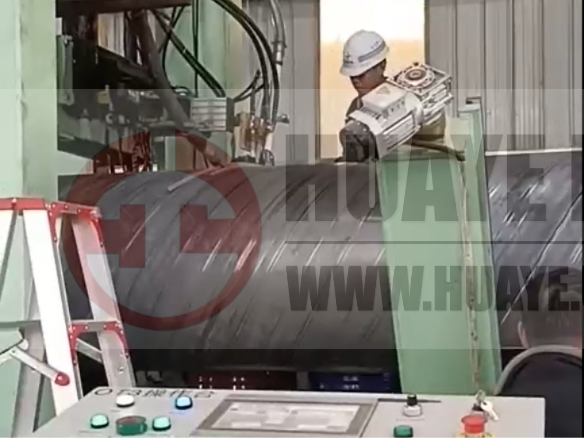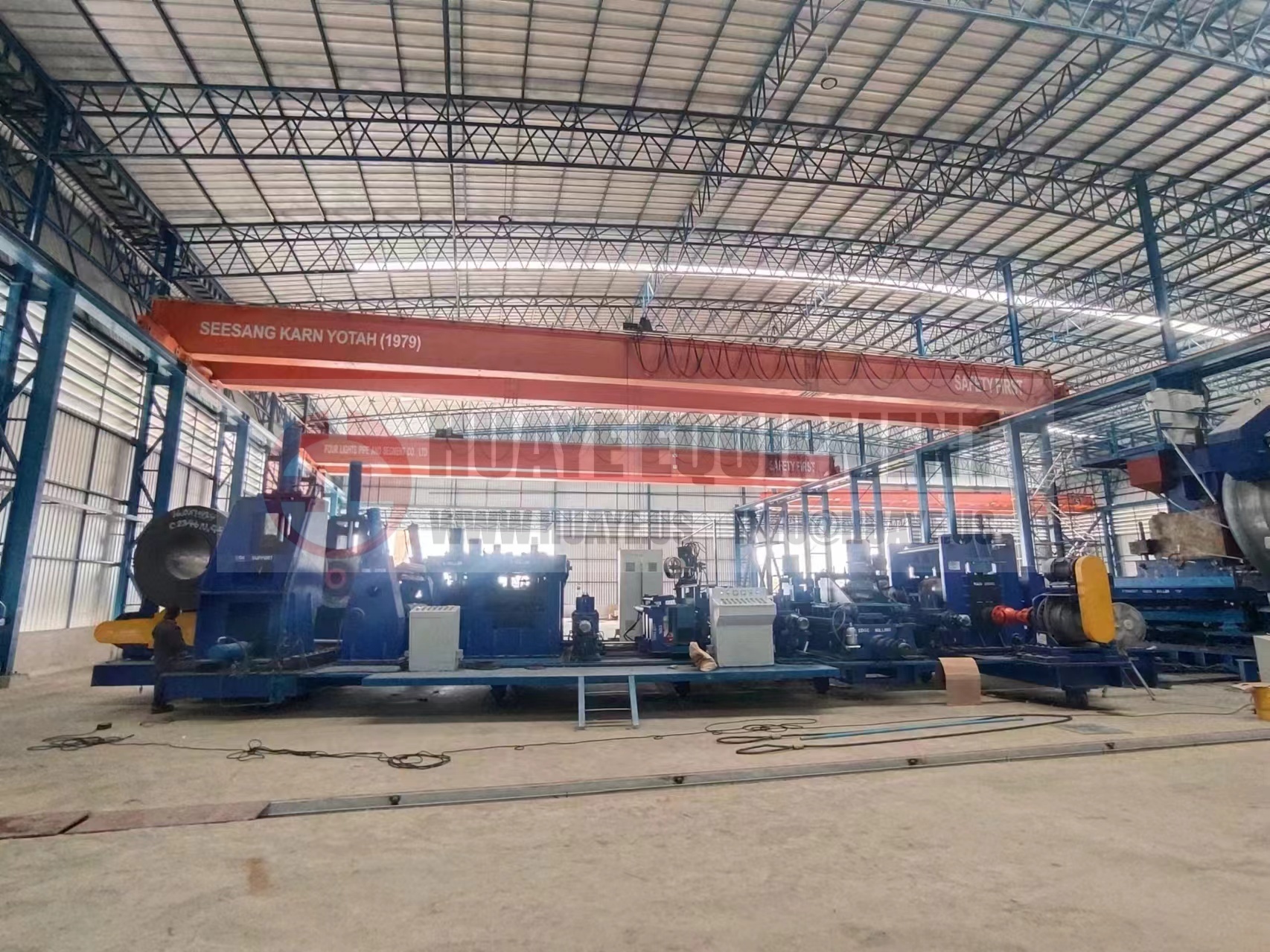How Pipeline Welding Equipment Enhances Manufacturing Efficiency
22 May,2025
How Pipeline Welding Equipment Enhances Manufacturing Efficiency
Table of Contents
1. Introduction to Pipeline Welding Equipment
2. Understanding Manufacturing Efficiency
3. Types of Pipeline Welding Equipment
3.1 Automatic Welding Machines
3.2 Semi-Automatic Welding Machines
3.3 Manual Welding Tools
4. Benefits of Pipeline Welding Equipment
4.1 Increased Productivity
How Pipeline Welding Equipment Enhances Manufacturing Efficiency
Table of Contents
1. Introduction to Pipeline Welding Equipment
2. Understanding Manufacturing Efficiency
3. Types of Pipeline Welding Equipment
3.1 Automatic Welding Machines
3.2 Semi-Automatic Welding Machines
3.3 Manual Welding Tools
4. Benefits of Pipeline Welding Equipment
4.1 Increased Productivity
4.2 Improved Quality of Welds
4.3 Safety Enhancements
5. Advanced Technologies in Pipeline Welding Equipment
5.1 Robotic Welding
5.2 Machine Learning Applications
6. Real-World Applications of Pipeline Welding Equipment
7. Choosing the Right Pipeline Welding Equipment
8. Conclusion
9. FAQs about Pipeline Welding Equipment
Introduction to Pipeline Welding Equipment
Pipeline welding equipment plays a crucial role in the manufacturing sector, particularly in industries such as oil and gas, construction, and shipbuilding. As demand for efficient and reliable manufacturing processes increases, the need for advanced welding solutions has never been more pressing. This article delves into how pipeline welding equipment not only enhances manufacturing efficiency but also transforms operational practices.
Understanding Manufacturing Efficiency
Manufacturing efficiency is defined as the ratio of output produced to the resources consumed in the process. It encompasses various factors, including time, material waste, labor, and equipment utilization. Companies are continually striving to enhance efficiency to lower costs and improve product quality. The integration of sophisticated pipeline welding equipment is a vital component in achieving these goals, providing manufacturers with the tools necessary to optimize their processes.
Types of Pipeline Welding Equipment
Different types of pipeline welding equipment cater to various needs and applications within the manufacturing landscape. Understanding these types can help organizations select the right tools for their specific requirements.
Automatic Welding Machines
Automatic welding machines offer high precision and speed, making them ideal for large-scale projects. These machines can execute consistent welds with minimal human intervention, significantly reducing the risk of errors and increasing overall productivity.
Semi-Automatic Welding Machines
Semi-automatic welding machines strike a balance between manual and automatic options. Operators maintain control over certain aspects of the welding process while benefiting from automated features that enhance speed and efficiency.
Manual Welding Tools
Manual welding tools remain essential in many applications. While they may not offer the speed of automated solutions, they provide versatility and are ideal for smaller projects or repairs where precision is paramount.
Benefits of Pipeline Welding Equipment
Integrating advanced pipeline welding equipment into manufacturing processes offers numerous advantages that can significantly enhance operational efficiency.
Increased Productivity
The automation and precision provided by modern welding equipment lead to higher production rates. By reducing the time spent on each welding task, manufacturers can meet customer demands more effectively and increase their output without compromising quality.
Improved Quality of Welds
High-quality welds are critical in industries that require robust and reliable structures. Pipeline welding equipment is designed to produce consistent and high-quality welds, reducing the likelihood of defects and the need for costly rework.
Safety Enhancements
Modern welding machines often come equipped with safety features that minimize risks for operators. Enhanced protective measures, such as automated shut-off systems and improved shielding, reduce the likelihood of accidents and ensure a safer working environment.
Advanced Technologies in Pipeline Welding Equipment
Technological advancements have significantly influenced the evolution of pipeline welding equipment, integrating features that enhance performance and efficiency.
Robotic Welding
Robotic welding systems have revolutionized manufacturing by bringing unparalleled consistency and efficiency to the welding process. These systems can operate with high precision, reducing the potential for human error and optimizing production times.
Machine Learning Applications
Integrating machine learning into welding equipment allows for real-time adjustments during the welding process. These systems can analyze data and optimize parameters to ensure the best possible weld quality and efficiency.
Real-World Applications of Pipeline Welding Equipment
Pipeline welding equipment finds extensive application across various industries. From laying pipelines for oil and gas to constructing ships and heavy machinery, its impact is profound.
Choosing the Right Pipeline Welding Equipment
Selecting the appropriate pipeline welding equipment is essential for maximizing efficiency and output. Factors to consider include the nature of the project, material types, and specific operational requirements. Understanding these elements ensures that manufacturers can invest in the best tools for their needs.
Conclusion
In summary, pipeline welding equipment significantly enhances manufacturing efficiency by improving productivity, weld quality, and safety. With the integration of advanced technologies, manufacturers can meet the ever-increasing demands of their industries while maintaining operational excellence. As the landscape of manufacturing continues to evolve, investing in the right welding solutions will remain a key strategy for success.
FAQs about Pipeline Welding Equipment
**Q1: What is the primary benefit of automatic welding machines?**
A1: Automatic welding machines provide high precision and speed, significantly increasing productivity and reducing errors in the welding process.
**Q2: How does robotic welding improve manufacturing efficiency?**
A2: Robotic welding improves efficiency by offering consistent and precise welds, reducing cycle times and the potential for defects.
**Q3: What should I consider when choosing pipeline welding equipment?**
A3: Consider the nature of your projects, the materials you will be working with, and your specific operational requirements to select the best equipment.
**Q4: Are semi-automatic welding machines suitable for all projects?**
A4: Semi-automatic welding machines are versatile and can be used for various projects, but they may not be ideal for extremely high-volume production.
**Q5: How can machine learning improve welding processes?**
A5: Machine learning can analyze data in real-time, allowing welding systems to make adjustments that enhance weld quality and efficiency.
Key words:
All
- All
- Product Management
- News
- Introduction
- Enterprise outlets
- FAQ
- Enterprise Video
- Enterprise Atlas
Related News
Essential Insights into Pipe Prepping Machines: A Comprehensive Guide
In the manufacturing and processing machinery sector, particularly in the realm of electric tools, the pipe prepping machine stands out as a crucial tool for ensuring high-quality pipe preparation. These machines are designed to prepare pipe edges for welding and other applications, making them a vital component in various industrial processes. Understanding the functionality and advantages of pip
2025-12-08
How to Ensure Your Pipe Welding Equipment Meets Industry Standards
How to Ensure Your Pipe Welding Equipment Meets Industry Standards
Table of Contents
Understanding Industry Standards for Pipe Welding Equipment
Importance of Compliance with Industry Standards
Key Components of Pipe Welding Equipment
Regulatory Bodies and Standards Governing Pipe Welding
Regular Maintenance and Inspection of Welding Equipment
Training and Certification fo
2025-12-03
Essential Guide to Pipe Welding Equipment for Efficient Manufacturing
Pipe welding equipment plays a crucial role in various manufacturing processes, particularly in industries that involve metal fabrication and assembly. Whether you're working with steel, aluminum, or other metals, understanding the different types of equipment and their functionalities can enhance efficiency and quality.
One of the primary components of pipe welding equipment is the welding machin
2025-11-28







